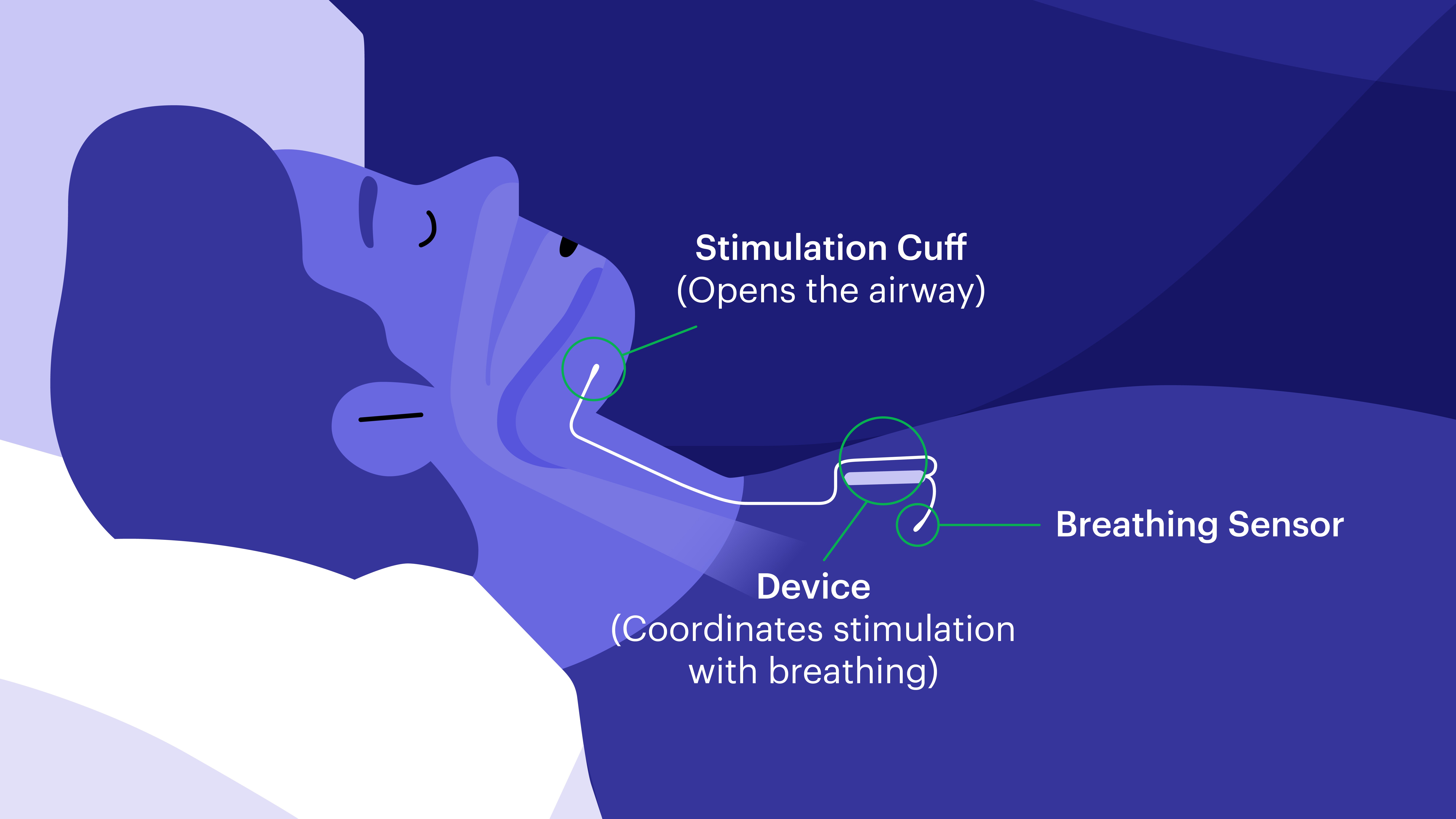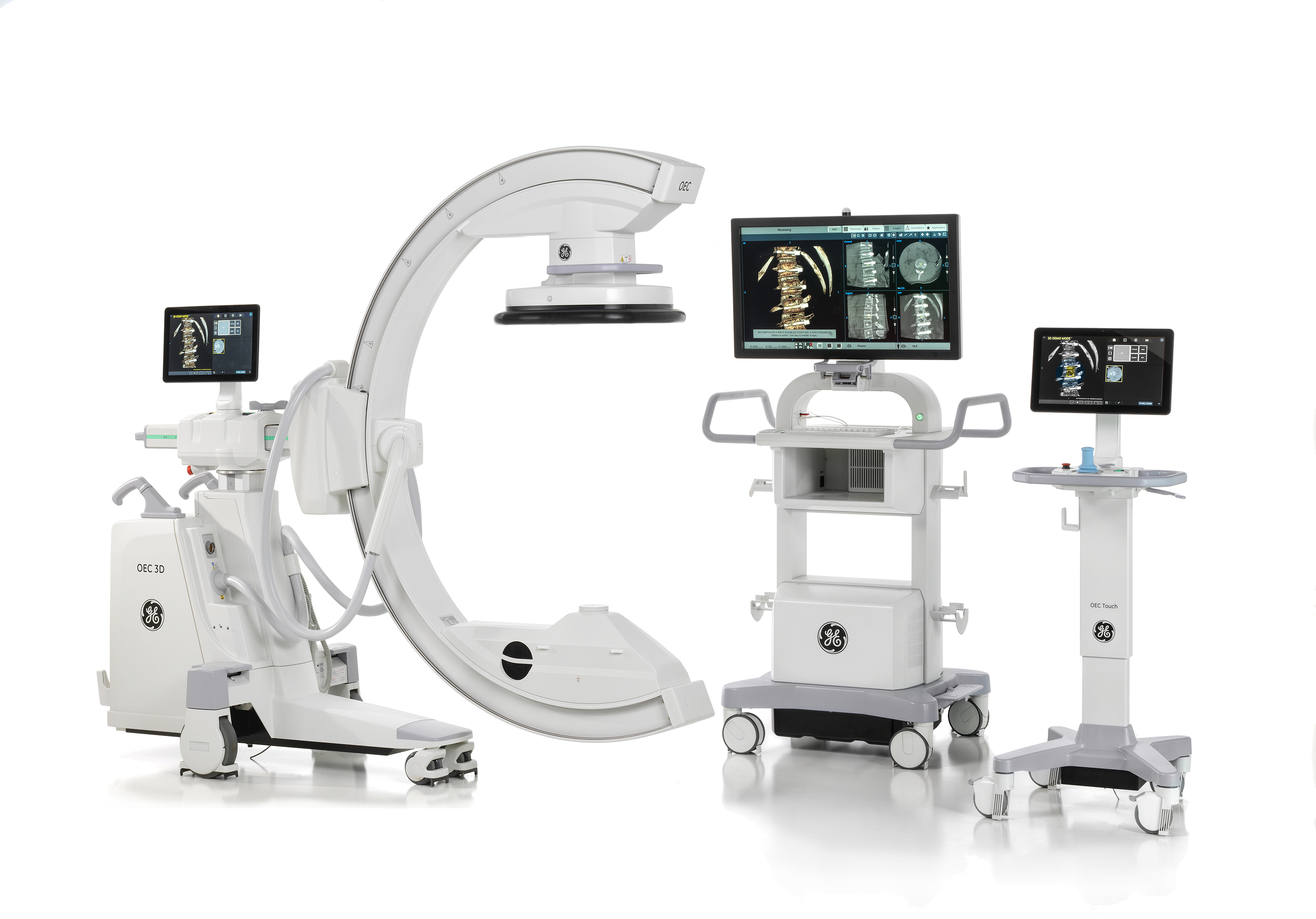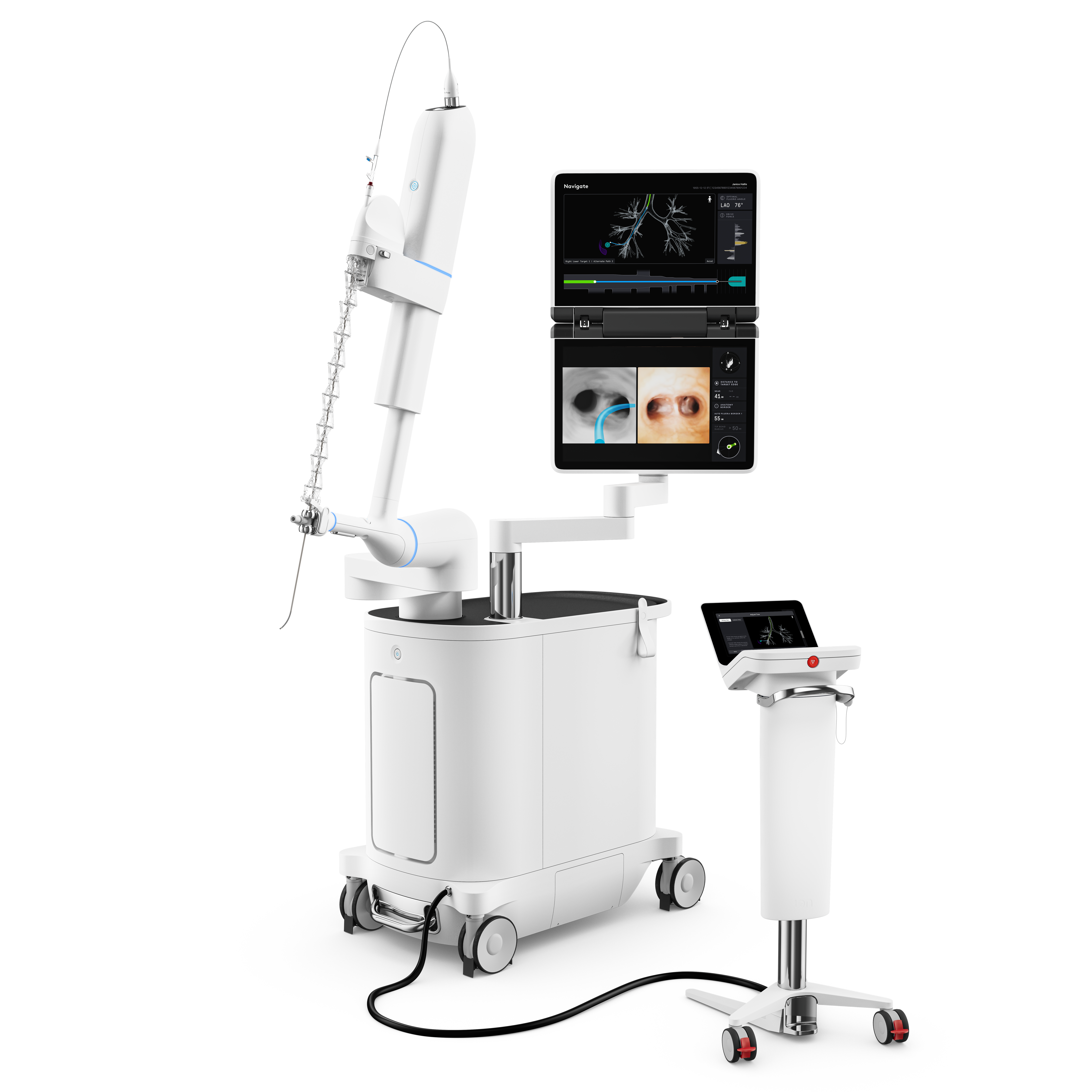
Written by John Ferrari
People are the heart of Torrance Memorial Medical Center. Anyone who has visited as a patient or relative knows that the care given by the medical center’s surgeons and physicians, nurses, technologists and administrators makes the hospital what it is. An array of technology assists these caregivers and keeps Torrance Memorial at the forefront of medical diagnosis and treatment. In the hands of the hospital’s medical staff, that technology is lifesaving.
“We have a culture that believes in the importance of investing in new technology and clinical leadership to help people adopt new technology,” explains Torrance Memorial senior vice president and chief operating officer Derek Berz. “We have a culture that values collaboration between administrators and clinical staff throughout the facility—a culture of excellence and improvement. We’re always asking, ‘How can we do this better?’”
That culture gives Torrance Memorial the ability to adapt to the needs of the community—identifying, evaluating and adopting new technologies that give patients more choices, lead to better clinical outcomes and, ultimately, improve patient health.
Don’t underestimate the importance of patient choice, Berz says. “What treatments are available to you in your community, regionally or by your physician? What are your individual medical requirements? These are the choices people consider when finding the treatment most likely to provide the best outcome.”

Torrance Memorial’s new Inspire sleep technology is a prime example. Designed for the treatment of obstructive sleep apnea (OSA), Inspire gives patients a new option. Sleep apnea takes different forms; OSA is one of the most disruptive and potentially harmful.
“In sleep, muscles relax,” explains Torrance Memorial physician Alexander Gertel, MD, an otolaryngology specialist. “When we sleep, some of the soft tissues in the back of our throat can collapse and cause an obstruction.”
OSA affects more than sleep, Dr. Gertel says. Over time, inadequate sleep leads to poor immune response and increases the risks of health conditions including diabetes, hypertension, heart attacks and strokes.
Continuous positive airway pressure (CPAP) therapy using a CPAP machine is the standard treatment for OSA, “but a very high percentage—up to 50%—of patients do not tolerate CPAP,” Dr. Gertel says. “They might feel claustrophobic, the mask may fall off or they may be uncomfortable and unable to sleep with air blowing constantly. In the past, there weren’t really any other options. Inspire is for those patients with moderate to severe OSA.”
With Inspire, a small sensor is implanted in the patient’s chest in an outpatient procedure. A slender lead connects the sensor to the patient’s hypoglossal nerve, which controls movement of the tongue and other key airway muscles. It’s only on when the patient is asleep and at risk of the airway collapse that causes OSA. When the sensor detects an interruption in the sleeping breath pattern, it sends a mild signal to the hypoglossal nerve—not enough to wake the patient, just enough to tense up the airway muscles so they don’t obstruct the airway.
“It’s a breakthrough,” says Dr. Gertel. “It allows us to treat patients who do not tolerate CPAP.” That means more than another choice for OSA patients; it means better clinical outcomes and, ultimately, better health.
Many medical technologies offer physicians more choices, rather than patients, but the goal is the same: to provide options that lead to better outcomes and health. That’s the idea behind the GE OEC 3D C-arm surgical imaging system. Referred to simply as the 3D C-arm, it “allows surgeons the ability to have a new standard of imaging intraoperatively with high resolution and detail,” says Paula Eboli, MD, Torrance Memorial’s medical director of neuroendovascular surgery.

Intraoperative is the key word. The 3D C-arm allows surgeons to acquire three-dimensional scans of a patient during operations. “Patients used to have to go get a CT scan to create a 3D image,” Dr. Eboli explains. “Using the 3D C-arm, can be done with the patient still in the operating room.”
The 3D C-arm integrates with another piece of technology in use at Torrance Memorial—the BrainLab® imaging system—to create a detailed map for surgery. The surgeon conducts the surgery while looking through a monitor, allowing the surgeon to do more complex surgeries and work with higher levels of accuracy.
“This is extremely useful for any type of spine surgery, deep brain stimulation, neurosurgery and endovascular surgery,” Dr. Eboli says. “Spinal surgeries are going to be our big use for this. It will be utilized for every single spinal fusion and for deep brain stimulation procedures.”
Consider spinal fusion surgery, in which bone or a bonelike material is placed in the space between two spinal bones. Metal screws hold the bones together, and after the surgery they fuse to heal as a single bone. The 3D C-arm provides real-time imagery, says Dr. Eboli. “You can use it for screw placement navigation, and then once finished with screw placement you can do another spin to confirm screw placement.” This leads to better clinical outcomes and potentially a lower chance of a need for any follow-up procedures.
“Part of what we look for in a new technology is value added,” says Berz. “Does it deliver better care or a more efficient outcome? Some technologies mean less patient care is needed—fewer days in the hospital, fewer readmissions, less post-procedure care. That allows Torrance Memorial to be more efficient and provide care to more patients, and it means patients don’t need to visit the hospital as much or stay in the hospital as long.”
Staying healthy is another way to minimize time in the hospital; that’s the goal of the Ion bronchoscopy platform. Ion, a robotic-assisted system for minimally invasive biopsies, is “essentially a navigation tool,” explains Khalid Eltawil, MD, a Torrance Memorial physician board-certified in internal medicine, pulmonary disease, critical care and sleep medicine. “It’s an advanced way to navigate through the bronchial tree (the airways). As they progress deeper through the lungs, the airways get smaller and smaller, and to be able to reach where we need to reach has been challenging.”

He continues to explain: “Typically, Ion is used to evaluate for lung cancer, but it can be used for any condition where you want to be very precise where you navigate within the airways and bronchial tree—for example, a site of bleeding or an area of infection. We have had the ability to perform bronchoscopy for many years, but that can only go so far inside the lung, then it’s too large to pass any further. And sampling would have to be done by a blind biopsy, or you would have imaging guided by a CT scan, which is limited to areas of the lung close to the chest wall. The Ion technology, because it is so small and precise, can go much deeper.”
The Ion system also uses a special form of CT scan, loaded into the system prior to surgery, to create a “very accurate, detailed virtual map of the anatomy.” The software and technology of the Ion bronchoscope match what it “sees” with the map, giving surgeons unparalleled precision in navigating airways to an area of concern so a biopsy sample can be taken.
“By using Ion to collect biopsies, we can save patients unnecessary surgery,” Dr. Eltawil says. “We’re able to diagnose cancers early, before they become advanced. Lung cancer is the third most common cancer and has the highest mortality. With Ion we can diagnose lung cancer much earlier, before it spreads, and keep patients healthy.”
Torrance Memorial is the only medical center in the South Bay to have adopted the Ion technology. Berz, Torrance Memorial’s COO, works with physicians to ensure each of the hospital’s programs has the right technology to provide the best care. In the case of the hospital’s cancer program, that meant asking if there were ways to detect and treat lung cancer earlier.
“Until Ion,” Berz explains, any suspicious areas in the lung “had to be a certain size before we could take a biopsy. With Ion, we can get down to 2 mm. Also, we can take biopsies further out into the lung.
Berz says both Ion and Inspire are exclusive to Torrance Memorial in this area. “That exclusivity isn’t just about being able to say we’re the only hospital offering this,” he adds. “It’s also about providing great care so patients don’t have to leave the South Bay. Patients, both locally and from further away, come to Torrance Memorial to access treatment from these new technologies and to benefit from the experience and expertise of our physicians and clinical teams. If I’m a patient and I’m looking for a surgeon or a physician, I want to be sure they know what they’re doing. At Torrance Memorial, we’ve been keeping up with new technologies. A lot of other hospitals simply don’t have the resources to do that.” •






